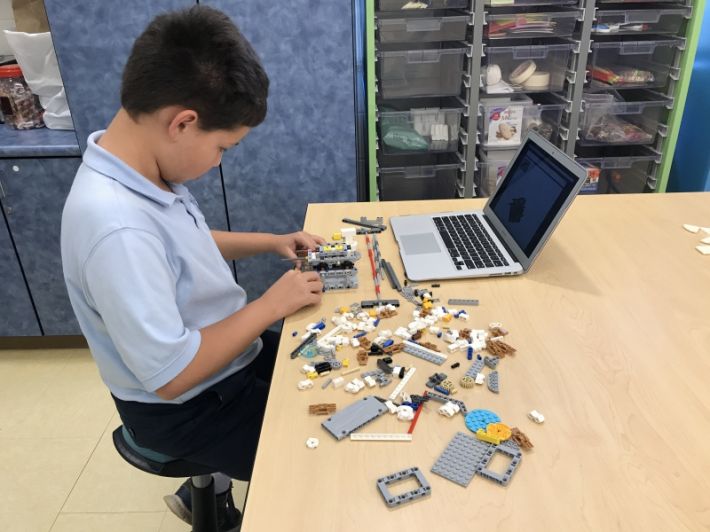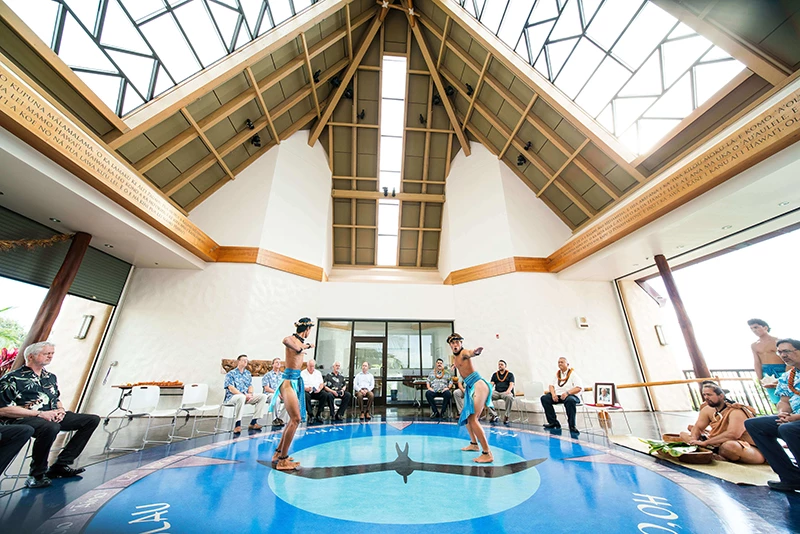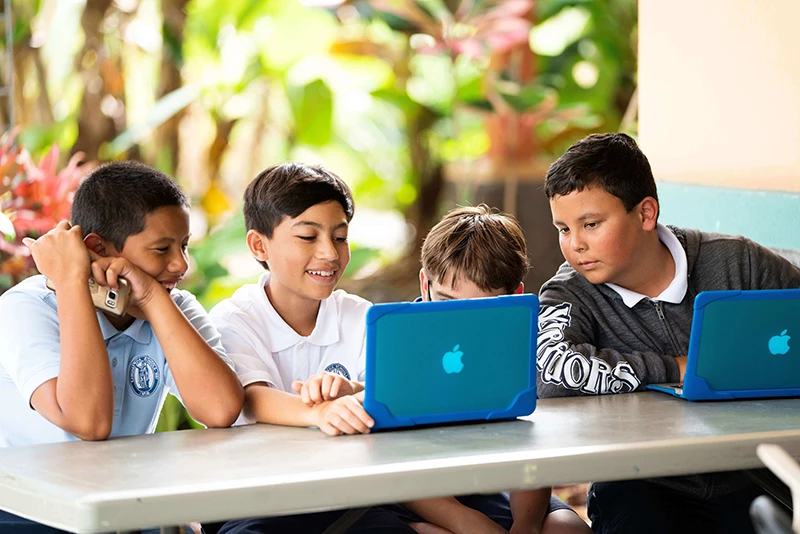Students are meeting multiple days a week to prep for competition which starts on November 11th. KS Maui Middle school is sending 2 teams of up to 10 members each to compete. The competition involves a number of challenges that all use problem solving and critical thinking skills. This year's theme is hydrodynamics.
How it works:
Competitors program a sequence of instructions into their motorized Lego robots to execute missions. These instruction include things like movement, and control of peripheral attachements. Robots will also have light sensors, touch sensors, and gyroscopic sensors.
An example mission might be to move a lever to flush a Lego toilet that's 5 feet away with obstacles blocking a straight line path. It's a simple mission on paper, but it's far more complex in practice. The robot starts at a home base section of a walled in mat. Once the competitor presses play the robot is completely autonomous and the robot can't be touched without penalty. If a robot is sent on its mission with as much as being half a degree turned in the wrong direction the mission can fail. This is because half a degree can turn into many inches when moving across the mat many feet away and the robot can simply miss its target. Other factors include the friction of the mat. Tires on the robot may slip as the mat might be more slippery in one spot or the robot approaches its target too fast resulting in skidding when stopping. All of these factors come into play when programming the robot to execute a mission.
The example program might look like this: Turn motors on at 1/4 power (moves robot in a straight direction), stop motors when a light sensor sees black (stops at a black road on the mat), turn motors in opposite directions until gyro sensor senses -30 degrees of movement to the left, turn motors on half power until touch sensor is triggered (when the lever is touched). Then there's a sequence of instructions to get the robot back to base, which is another challenge in itself.
Even though Lego robotics presents huge challenges, the most important factor to take into account is fun. Students wouldn't put in the hours if it wasn't fun. Not only do they get to have fun on a team with their peers, but they also learn to implement real programming logic and build critical thinking skills. Skills that can come into play later on down the line. Organizations like NASA have hired graduates straight out of high school because of their robotics experience, which can be 8+ years for those who started in elementary school.



TAGS
CATEGORIES
Kaipuolono Article, Maui Newsroom, Maui Middle School, Maui campus
Print with photos
Print text only










